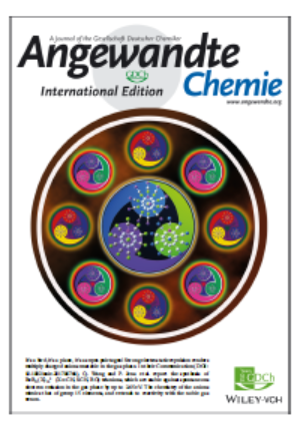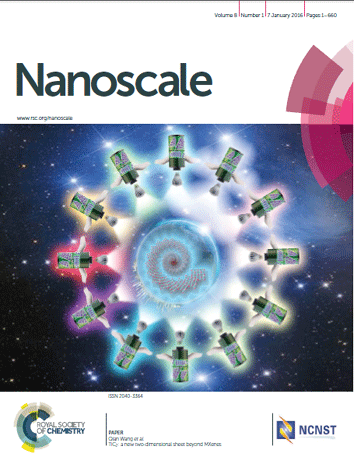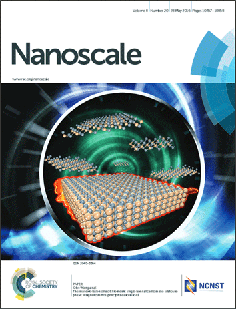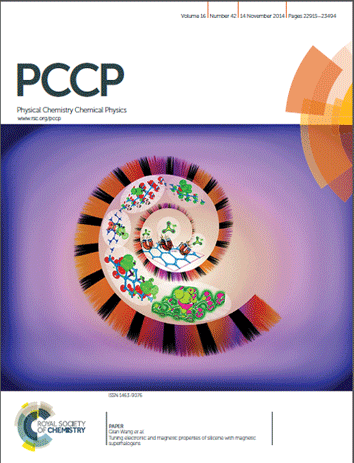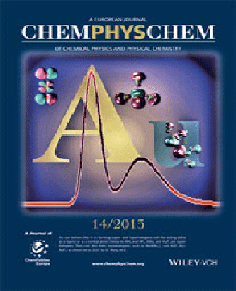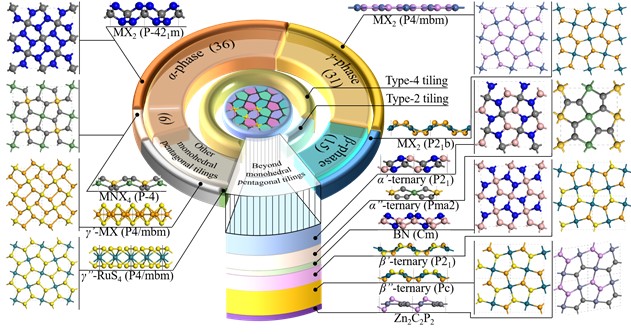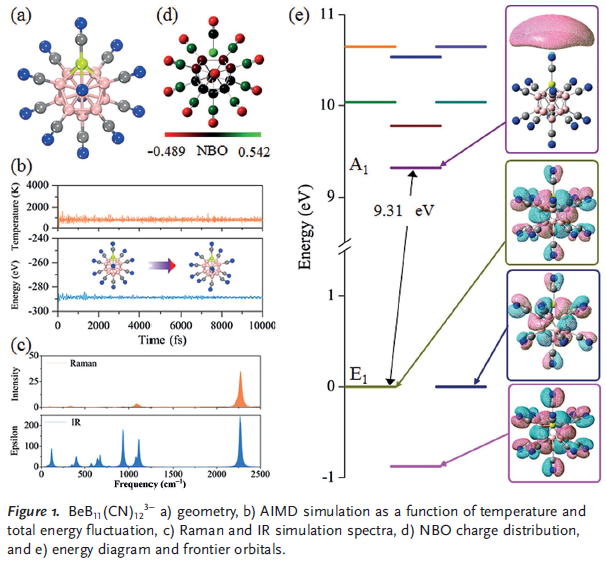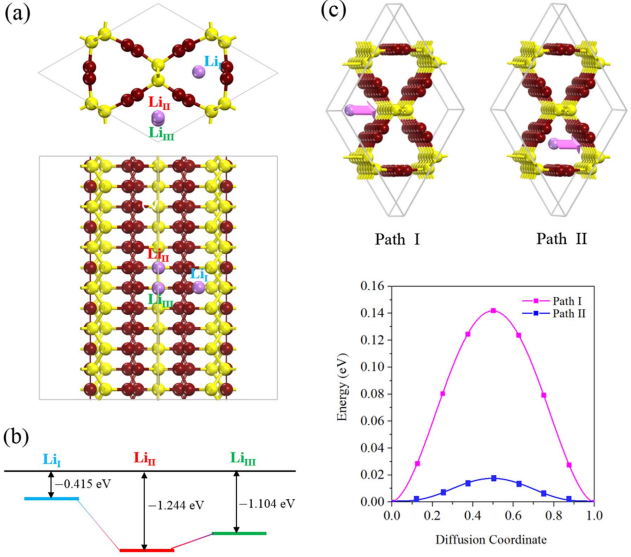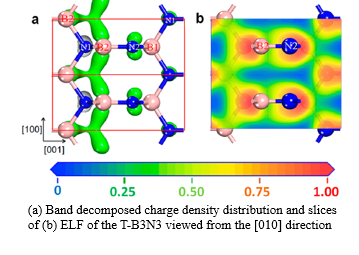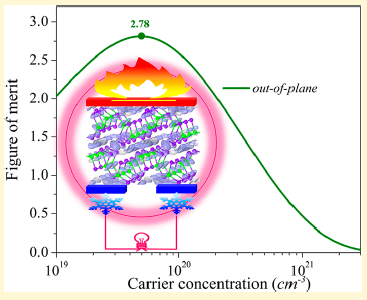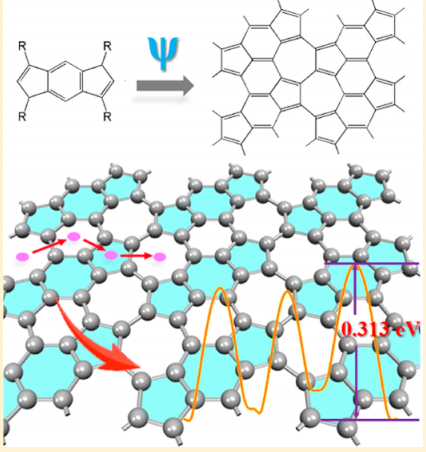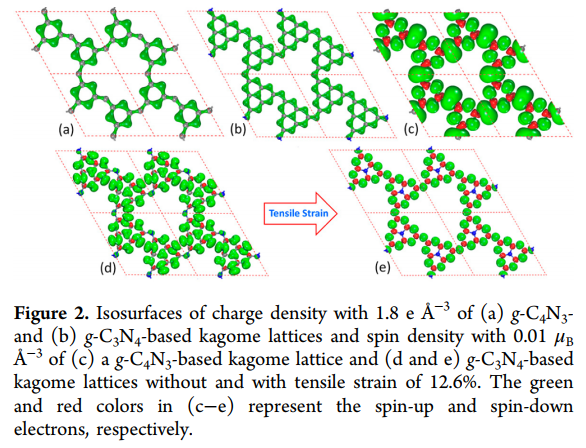RESEARCH INTERESTS
- Carbon-based materials for energy and environment applications
- Pentagon-based thermoelectric, piezoelectric, magnetic, and nonlinear optical materials
-
Lightweight metallic
materials and topological materials
-
Magnetic
coupling of carbon-based magnetic materials and dilute magnetic semiconductors
-
Superatoms and their assembled materials
------------------------------------------------------------------------------------------
|
|
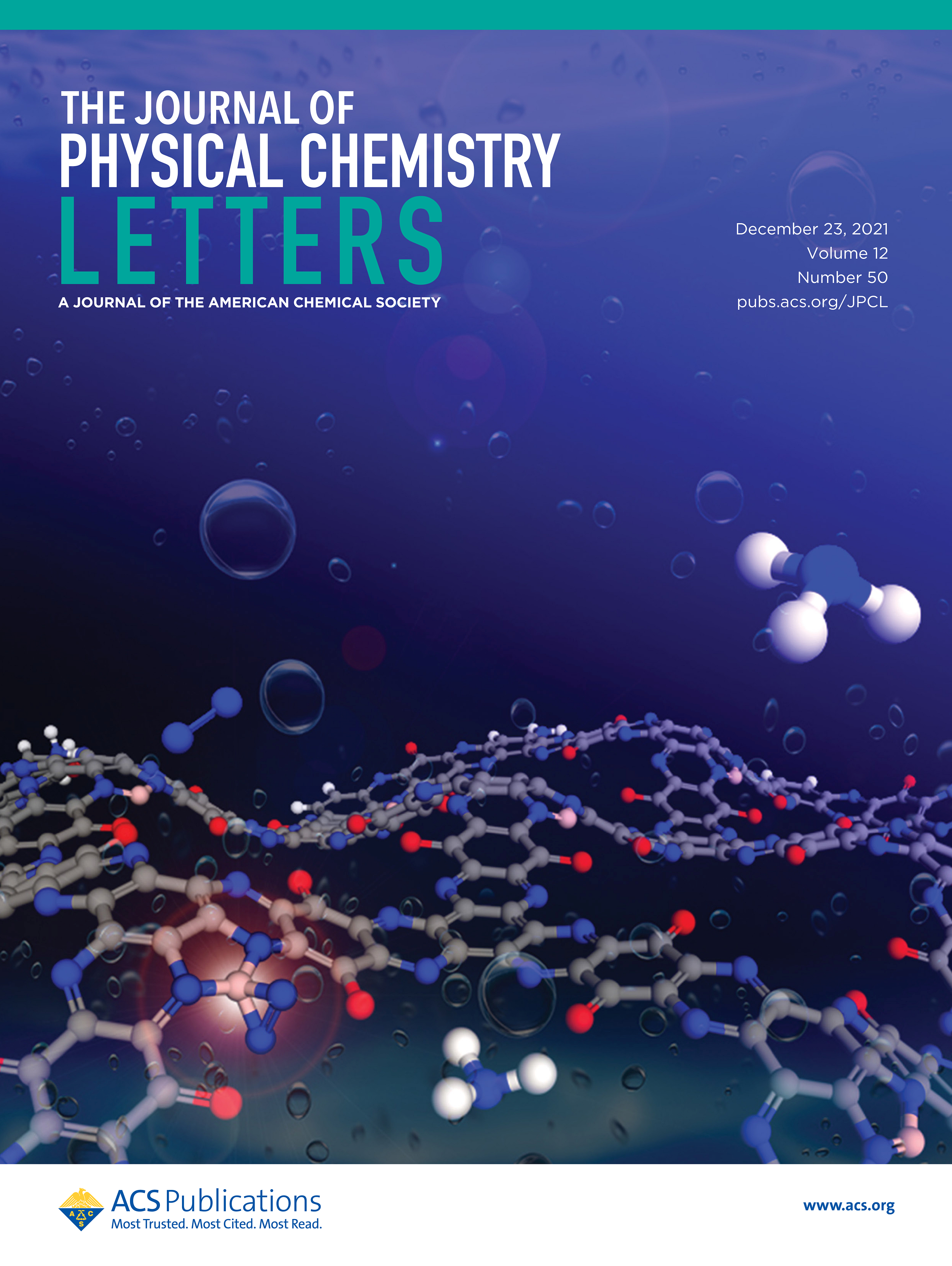 |
|
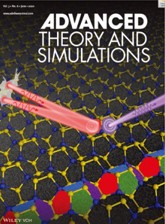
|
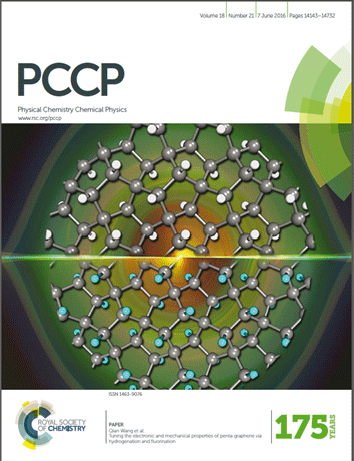 |
|
|
|
|
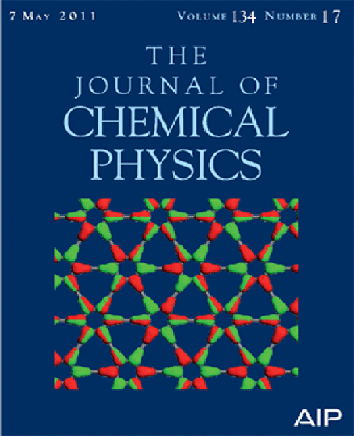
|
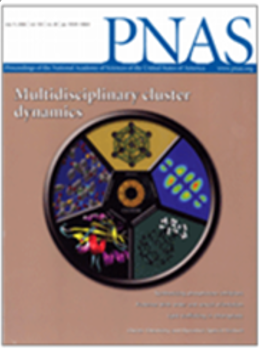 |
---------------------------------------------------------------------------------------
Selected Research Works
Pentagon-Based 2D Materials (Physics Reports 964, 1-42, 2022)
Colossal Stability of Gas Phase Tri-anions: The Concept of Super-pnictogens
( Angew. Chem. Int. Ed. 56, 13421, 2017, Front Outside Cover paper & VIP paper)//pdf
|
We demostrate that a large class of superalkalis composed of only simple metal atoms, transition metal complexes as well as organic molecules can be designed by making use of electron counting rules beyond the octet rule. Examples include Al3+, Mn(B3N3H6)2+, B9C3H12+, and C5NH6+ which obey the Jellium shell closure rule, the 18-electron rule, the Wade–Mingos rule, and Hückel’s aromatic rule, respectively. We further show that the ability of superalkalis to transfer an electron easily can be used to activate a CO2 molecule by transforming it from a linear to a bent structure. These results, based on density functional theory, open the door to a new class of catalysts for CO2 activation. |
|
Penta-graphene: A new carbon allotrope (PNAS 112 2372, 2015)//pdf
|
A 2D metastable carbon allotrope, penta-graphene, composed entirely of carbon pentagons and resembling the Cairo pentagonal tiling, is proposed. Due to its unique atomic configuration, penta-graphene has an unusual negative Poisson’s ratio and ultrahigh ideal strength that can even outperform graphene. Furthermore, unlike graphene that needs to be functionalized for opening a band gap, penta-graphene possesses an intrinsic quasi-direct band gap as large as 3.25 eV, close to that of ZnO and GaN. Equally important, penta-graphene can be exfoliated from T12-carbon. When rolled up, it can form pentagon-based nanotubes which are semiconducting, regardless of their chirality. |
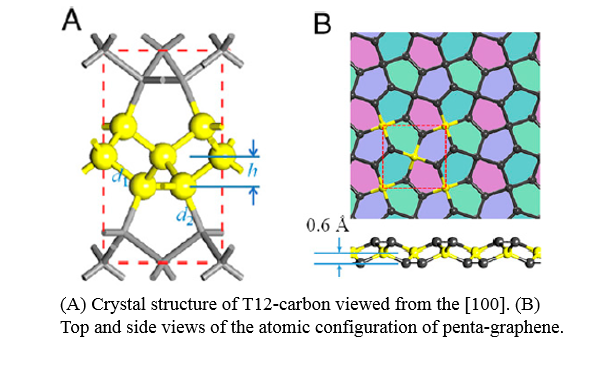
|
A New Metallic Carbon Allotrope with High Stability and Potential for Lithium Ion Battery Anode Material
(Nano Energy 38, 263, 2017) //pdf
| we carry out a global structure search on the potential energy surface, and identify a new three-dimensional (3D) metallic carbon phase, termed Hex-C18, which is energetically more favorable than most of the previously identified 3D metallic carbon allotropes. Using state-of-the-art theoretical calculations, we show that Hex-C18 not only possesses a high thermodynamic stability, large heat capacity, high Debye stiffness, anisotropic elasticity, and super hardness, but also is a promising anode material for lithium ion batteries (LIBs). As compared to graphite commercially used in LIBs, Hex-C18 exhibits a lower Li diffusion energy barrier and a higher Li capacity because of its intrinsic metallicity and regular porosity. This study expands the family of metallic carbon, and may open a new frontier in design of high performance anode materials for LIBs as well. |
|
Stable three-dimensional metallic carbon with interlocking hexagons (PNAS 110 18809, 2013) pdf
|
Design and synthesis of 3D metallic carbon that is stable under ambient conditions has been a long-standing dream. We predict the existence of such phases, T6- and T14-carbon, consisting ofinterlocking hexagons. These studied metallic 3D carbon structures are systems with hybridized sp3 and sp2 bonding. They have the uniqye feature that sp3 bonded C atoms guarantee their stability and the sp2 bonded C atoms ensure their metallicity. Their dynamic, mechanical, and thermal stabilities are confirmed by carrying out a variety of state-of-theart theoretical calculations. Unlike the previously studied K4 and the simple cubic high pressure metallic phases, the structures predicted in this work are stable under ambient conditions. Equally important, they may be synthesized chemically by using benzene or polyacenes molecules. |
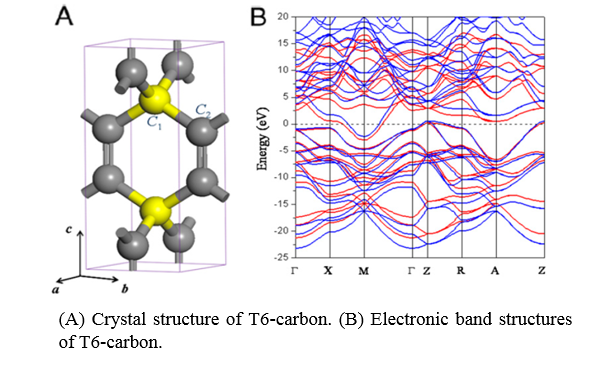
|
Three-Dimensional Metallic Boron Nitride (JACS 135 18216, 2013) pdf
|
Boron nitride (BN) and carbon are chemical analogues of each other and share similar structures such as one-dimensional nanotubes, two-dimensional nanosheets characterized by sp2 bonding, and three-dimensional diamond structures characterized by sp3 bonding.On the basis of state-of-the-art theoretical calculations, we propose a tetragonal phase of BN Analysis of its band structure, density of states, and electron localization function confirms the origin of the metallic behavior to be due to the delocalized B 2p electrons. The metallicity exhibited in the studied three-dimensional BN structures can lead to materials beyond conventional ceramics as well as to materials with potential for applications in electronic devices. |
|
Exceptional thermoelectric properties of layered GeAs2 (Chem. Mater. 29, 9300, 2017) //pdf
|
Using semiclassical Boltzmann transport theory and density functional formalism, we have systematically studied the thermoelectric performance of layered GeAs2. The figure of merit, ZT value, of this layered structure is found to be 2.78 along the out-of-plane direction, with optimal carrier concentration at 800 K. Analysis of the charge density difference and phonon transport properties allows us to attribute such exceptional thermoelectric properties to strong interlayer interaction between the adjacent layers where quasicovalent bonding is responsible for the enhanced electrical conductivity, while the layered structure accounts for the suppressed lattice thermal conductivity. This study highlights the potential of layered crystals for highly efficient thermoelectric materials. |
|
ψ-Graphene: A New Metallic Allotrope of Planar Carbon With Potential Applications as Anode
(J. Phys. Chem. Lett. 8, 3234-3241 (2017) //pdf
|
Using state-of-the-art first-principles calculations, we propose a new two- dimensional (2D) carbon allotrope constructed by polymerizing the carbon skeletons of s- indacenes, named PSI (ψ)-graphene. We show that ψ-graphene has the lowest energy among all hitherto reported 2D allotropes of carbon composed of 5−6−7 carbon rings and is dynamically and thermally stable. This structure is metallic with robust metallicity against external strain. In addition, we find that the adsorption of Li atoms on ψ-graphene is exothermic, and the diffusion energy barrier is low and comparable to that of graphene. Furthermore, ψ-graphene can achieve a maximum Li storage capacity equivalent to that of LiC6, suggesting its potential as an anode material for Li-ion batteries (LIBs). In addition, we show that increasing the number of hexagons in this structure can enhance the thermodynamic stability of the sheet while maintaining its metallicity. This study provides new insights into the design of new metallic carbon for nanostructured anode materials in the next generation of LIBs. |
|
Patterning Graphitic C−N Sheets into a Kagome Lattice for Magnetic Materials (JPCL 4 259, 2013) pdf
|
Using first-principles calculations based on density functional theory, we show that when patterned in the form of a kagome lattice, nonmagnetic g-C3N4 not only becomes ferromagnetic but also its magnetic properties can be further enhanced by applying external strain. Similarly, the magnetic moment per atom in ferromagnetic g-C4N3 is increased three fold when patterned into a kagome lattice. The Curie temperature of g-C3N4 kagome lattice is 100 K, while that of g-C4N3 kagomelattice is much higher, namely, 520 K. To date, all of the synthesized twoand three-dimensional magnetic kagome structurescontain metal ions and are toxic. |
|
Home | News | Contact Us

